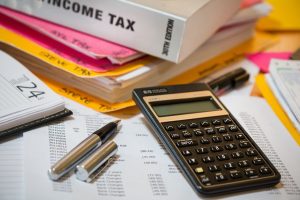
Bitcoin ATMs have become a convenient way for individuals to easily buy and sell Bitcoin. These automated teller machines offer a simple and accessible route into the world of digital currencies. The safety aspects of bitcoin atm in miami, addressing concerns and providing insights to help you make an informed decision.
Understanding Bitcoin ATMs
We must grasp the fundamentals of bitcoin atm in miami. These machines allow users to purchase or sell Bitcoin using cash or debit/credit cards. The process involves creating a digital wallet, scanning its QR code, and transacting with the machine.
How Bitcoin ATMs Work
Locate a Bitcoin ATM: Find a Bitcoin ATM near you using online directories or apps.
Verification: Depending on the machine’s requirements, you may need to complete identity verification by providing your phone number or scanning your ID.
Create a Wallet: If you don’t already have a Bitcoin wallet, you can create one by scanning the QR code of your wallet address.
Insert Cash or Card: Follow the on-screen instructions to insert the desired amount of cash or use your debit/credit card for the transaction.
Confirm Transaction: Review the transaction details, including fees, before confirming the purchase or sale.
Receipt and Confirmation: Once the transaction is complete, you will receive a receipt and a confirmation of the transaction on the blockchain.
Are Bitcoin ATMs Safe?
The safety of Bitcoin ATMs can vary depending on several factors, including the machine’s location, operator, and precautions. Let’s explore the safety considerations:
1. Location Matters
The safety of using a Bitcoin ATM largely depends on where it’s situated. Machines in well-lit, high-traffic areas are generally safer than remote or dimly lit locations. Always choose ATMs in reputable places to reduce the risk of potential security issues.
2. Operator Reputation
Various companies and individuals operate different Bitcoin ATMs. Research the operator’s reputation and history of security incidents. Choose ATMs operated by established and trustworthy entities to minimize risks.
3. Identity Verification
Many Bitcoin ATMs require some form of identity verification, such as providing a phone number or scanning an ID. While this may seem inconvenient, it adds a layer of security by deterring fraudulent transactions.
4. Security Features
Check if the Bitcoin ATM has security features such as surveillance cameras, tamper-proof card readers, and secure cash dispensers. These features can deter criminal activity and enhance user safety.
5. Transaction Confirmation
Always double-check the transaction details on the ATM screen before confirming. Ensure the wallet address is correct, and verify the transaction amount and fees. This minimizes the risk of making unintended transactions.







